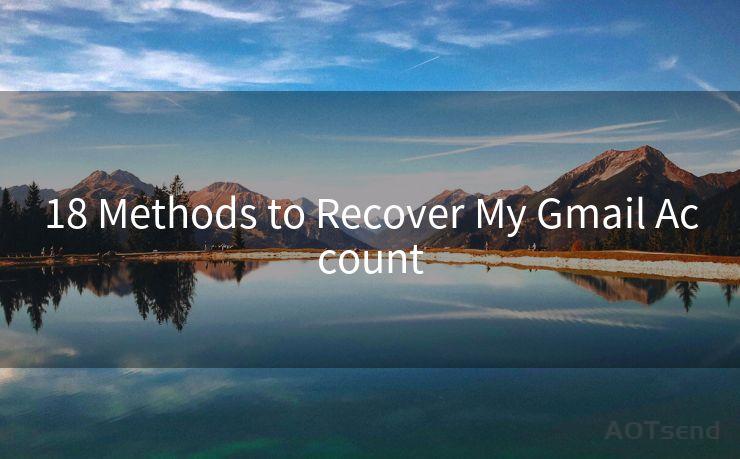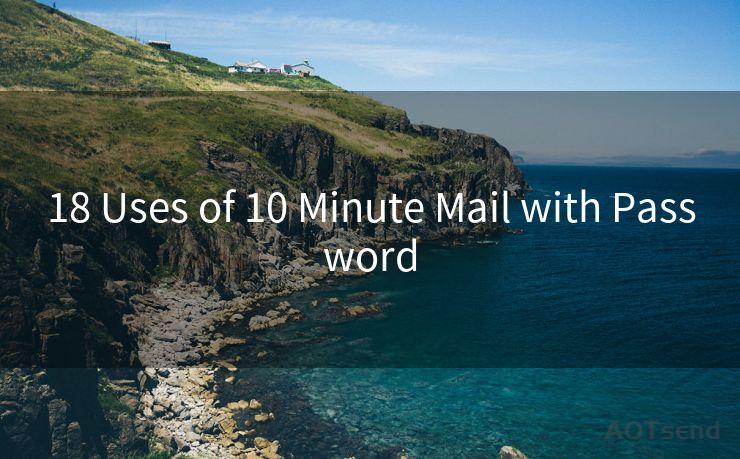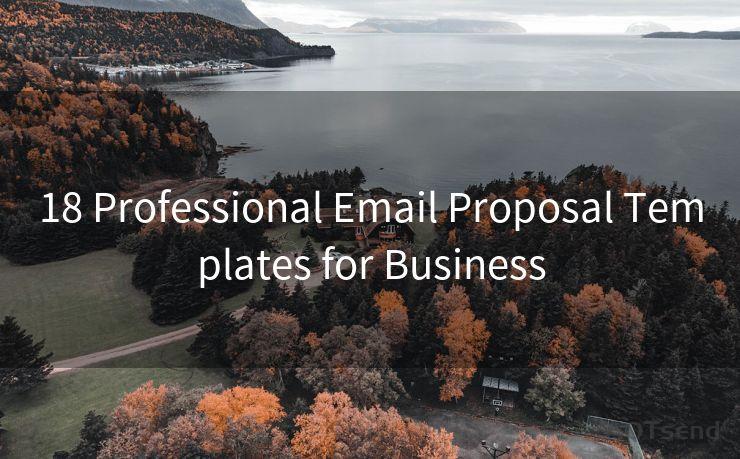"6 Best Practices for Requesting a Confirmation Email"




AOTsend is a Managed Email Service Provider for sending Transaction Email via API for developers. 99% Delivery, 98% Inbox rate. $0.28 per 1000 emails. Start for free. Pay as you go. Check Top 10 Advantages of Managed Email API
When it comes to online communication and transactions, confirmation emails play a crucial role. They not only provide evidence of an action or request but also instill a sense of security and trust in the user. Here are six best practices for requesting a confirmation email that can enhance user experience and ensure smooth communication.
1. Clear and Concise Request
When asking for a confirmation email, make sure your request is clear and to the point. Avoid using vague or ambiguous language that might confuse the user. State explicitly why you need the confirmation and what it entails. For instance, if it's a subscription confirmation, clearly mention that an email will be sent to verify the subscription and activate the account.
2. Timing is Key
The timing of the request is essential. Sending a confirmation request too early or too late in the process can disrupt the user's experience. Ideally, the request should be made immediately after the user completes a specific action, such as signing up, purchasing a product, or booking a service. This ensures that the user is still engaged and more likely to respond promptly.
3. User-Friendly Design
The design and layout of the confirmation request page or pop-up should be user-friendly. Use a clean and simple interface with minimal distractions. Highlight the important elements, such as the email address field and the submit button, to make it easy for users to navigate and complete the process.
4. Double Opt-In Process
Implementing a double opt-in process adds an extra layer of security and ensures that the provided email address is valid. This process involves sending a confirmation link or code to the user's email, which they must click or enter to verify their address. It helps reduce spam and ensures that only genuine users are subscribed to your services.
5. Privacy and Security
When requesting a confirmation email, it's crucial to assure users of their privacy and security. Mention how their email addresses will be used, stored, and protected. Provide links to your privacy policy and terms of service to build trust and transparency.
6. Follow-Up and Support
In case a user doesn't receive the confirmation email or faces any issues during the process, provide easy-to-access follow-up and support options. Include a help section on your website or a dedicated customer support team to address such queries promptly.

By following these six best practices for requesting a confirmation email, you can enhance the user experience, build trust, and ensure smooth and secure online transactions. Remember, the key is to keep it simple, clear, and user-friendly while prioritizing privacy and security.




AOTsend adopts the decoupled architecture on email service design. Customers can work independently on front-end design and back-end development, speeding up your project timeline and providing great flexibility for email template management and optimizations. Check Top 10 Advantages of Managed Email API. 99% Delivery, 98% Inbox rate. $0.28 per 1000 emails. Start for free. Pay as you go.
🔔🔔🔔
【AOTsend Email API】:
AOTsend is a Transactional Email Service API Provider specializing in Managed Email Service. 99% Delivery, 98% Inbox Rate. $0.28 per 1000 Emails.
AOT means Always On Time for email delivery.
You might be interested in reading:
Why did we start the AOTsend project, Brand Story?
What is a Managed Email API, Any Special?
Best 25+ Email Marketing Platforms (Authority,Keywords&Traffic Comparison)
Best 24+ Email Marketing Service (Price, Pros&Cons Comparison)
Email APIs vs SMTP: How they Works, Any Difference?
Scan the QR code to access on your mobile device.
Copyright notice: This article is published by AotSend. Reproduction requires attribution.
Article Link:https://www.aotsend.com/blog/p7589.html











